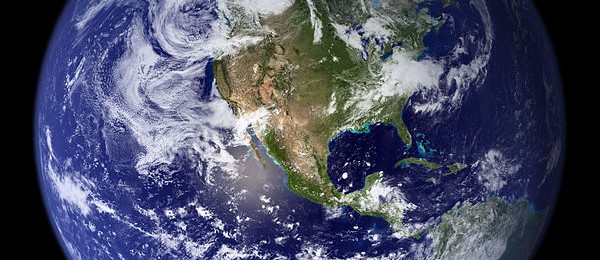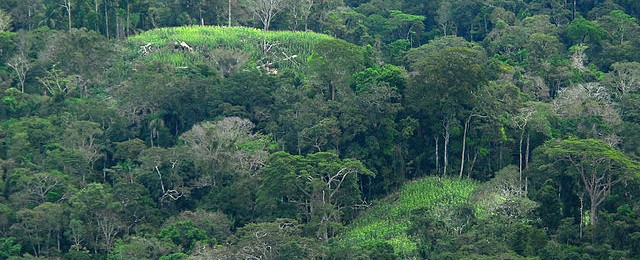Climate science
-

As the eclipse passed us yesterday, scientists were carefully studying not only the outer atmosphere of the sun, or corona, which is normally hidden in the glare from the main ball of the sun, but also the impacts of the eclipse on Earth’s atmosphere. In Athens we noticed that the fair-weather cumulus clouds we often…
-

The Capital Weather Gang posted an article describing some of the weather effects that are likely to be seen if you are in or near the path of totality on Monday August 21. Temperatures are likely to drop from the lack of incoming sunlight and clouds may also change since the daytime heating will be…
-

If you’ve been following the news you may have heard about a draft report produced as part of the National Climate Assessment, which is required by the federal government ( I believe it started during the presidency of President George H. W. Bush) to update its findings on climate in the US every four years.…
-

One of the most notable climate records for July 2017 was the new global record for the hottest single month, which was set in Death Valley, CA. Their average temperature for the month was 107.4 F, the highest at that site since records began in 1911, and the highest single month value measured anywhere on…
-

Did you know that an eclipse that passed through the Southeast in 1900 helped scientists understand how weather is affected by the blocking of sunlight during the eclipse? Here is a great story about how they picked the spot to observe it and what they found from the National Centers for Environmental Information: https://www.ncei.noaa.gov/news/1900-total-solar-eclipse.
-

Phys.org published an article earlier this month on a new study of the Amazon rain forest which shows observationally that the end of the dry season there is triggered by water vapor emanating from the trees there. According to the article, until now scientists have not been able to determine why the rainy season begins…
-

Most climatologists attribute the discovery of the greenhouse effect caused by absorption of terrestrial energy by carbon dioxide and other so-called “greenhouse gases” to Irish physicist John Tyndall in 1859 and the following years. According to a story in Climate Change News, “A recently digitized copy of The American Journal of Science and Arts suggests a woman…